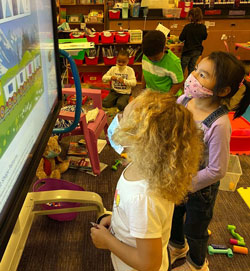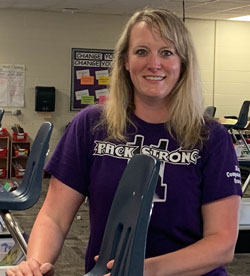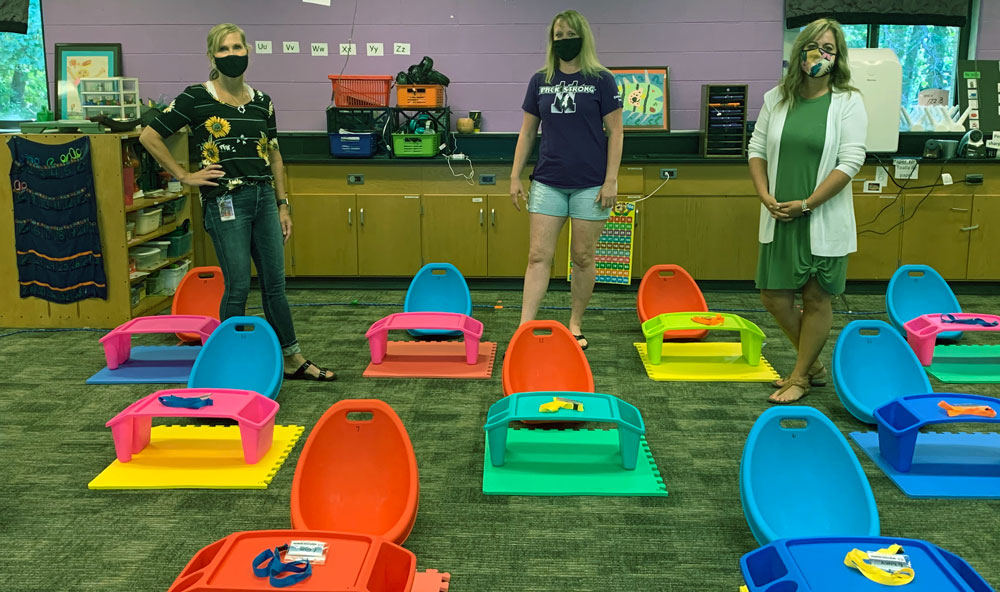In Wyoming Public Schools, longtime West Elementary School teachers know how to make a classroom kid-friendly: comfy furniture, colorful decor, shelves filled with books and bins of materials for writing, drawing and counting.
But they faced new challenges as they prepared to return to in-person teaching. New social distancing and sanitation rules to combat the spread of the coronavirus meant no more tabletops could be spread with alphabet blocks and the occasional graham cracker crumb, no more crayons and multi-colored scissors could be piled in art centers.
Creating a comfy space would take creativity.

“I want it to look happy,” said Julie Merrill, a kindergarten teacher who normally encourages chatty collaboration with children circled around child-sized tables. The idea of traditional desks lined in rows made her and fellow kindergarten teacher Dawn Brunink nearly cry, she said.
Now, thanks to brainstorming and many generous donors, the teachers’ classrooms look cheerful indeed. Pint-sized desks and plastic scoop rocker chairs are spaced apart on the carpet. Each space has its own durable foam mat, which students can sit on and even bring outside.
“It looks a lot more friendly for kindergarten,” Merrill said.
Though wearing masks may hide smiles and strategically placed hand sanitizer is prevalent, the teachers are dedicated to making school as friendly and warm a place as ever, students are learning to “stay in their bubble” in classrooms, hallways, the bathroom and at recess.
“There’s so much we have to think about, mentally, that we’ve never had to think about before,” Merrill said.
Added third-grade teacher Sarah Lichti: “Or that the kids have never had to think about.”
More Materials Required
New considerations also include what and how many items are needed to run school safely during a pandemic. Merrill, Brunink and Lichti had to plan for classroom arrangements and resources within the confines of limited school budgets.
They explained: While most years sharing is a necessary and encouraged skill, students now need their own pencils, crayons, glue, books and other materials stored in little tubs that can be sanitized.

“We needed more manipulatives and games because we can’t have large group sharing,” Brunink said.
They sought donations through Amazon in partnership with social media’s #clearthelist campaign. Brunink and Merrill bought their own mini desks, and created lists of items needed to stock classrooms. Merrill has received every item she requested, while materials on Lichti’s list and Brunink’s list are still available for donation.
Teachers, whose students are doing a lot of work this year both in person and online, have also received donated earbuds, styluses and other items. Their classroom libraries are also enhanced with donated books, many featuring diverse characters and authors and with themes of diversity, equity and inclusion.
Lichti, a teacher since 1996, said the process has been a bit nostalgic, too. She’s received donations from former students and their parents.
“People were so happy to give,” Brunink said.














